Construction Lumber: Demand, Pricing, and Reducing Use
Most homes can’t be built without lumber. And as designers, we create house plans utilizing wood. As we well know, lumber prices continue to rise. From mid-April to mid-September 2020, the cost of framing lumber grew by 170% (link). What is causing this increase and what effects are we feeling in the industry? Is there anything we can do as designers and builders to make better, more cost-effective decisions when using lumber in construction?
Lumber Prices are High – Why?
Demand continues to grow even as supply continues to be difficult to get. There is world-wide construction growth, which impacts prices all over, especially here in the U.S.
The pandemic has had a direct correlation to soaring prices. More homes are being built, decks are being added, and businesses are pivoting to create more outdoor spaces and dining options.
Shutdowns, increased safety protocols slowing production, recent wildfires, and increased demands for timber in industries other than construction are all adding to the shortage and price increases.
Canadian lumber has not been exported as much as in recent years, due in part to the U.S. raising import duties.
The Effect on Housing Costs
Buyers are paying more for mortgage costs, but it appears they are ready and willing to do that.
With the high demand for new construction, builders continue to build for the foreseeable future. As the pandemic recedes, lumber prices should lower over time as they ramp up production again.
Some builders are having to back out of construction projects due to the rising cost of lumber.
The enhanced lumber costs will be passed on to the consumer when purchasing or building a new home.
Some builders are renegotiating contracts they have with buyers to account for the raised lumber costs and find savings in other aspects of the home.
The demand has shifted to the mid-range home market, meaning there is far less margin for error.
How to Reduce the Amount of Lumber You Use:
Thoughtful design can help control costs. Here at RDS, we are cognizant of the bottom line when designing your home. We know we can’t get away from using wood in most aspects of the build, but there are ways to reduce the amount of lumber purchased. With the cost of lumber at an all-time high, the following ideas may be worth consideration.
Build walls using advanced framing methods.
It’s cost-effective, structurally sound and uses resources more efficiently. Reducing the amount of lumber used and helping boost energy efficiency with more insulation is a framing technique that could help with the overall cost of materials and labor.
The changes involve walls with a 2x6 frame at 24-inch centers with single top plates, no jack studs, two stud corners, no cripples and single or no headers. Using less lumber and fewer pieces creates less expensive construction costs.
Since the framing is farther apart, the ease for plumbers and electricians to do their installations is also a benefit. Cavities are deeper, wider and fewer.
Advanced framing may be something you’ve dabbled with or use on every build, but we find utilizing this in our designs is appreciated by the builders for whom we create designs. For more detailed information, we suggest reading this Advanced Framing article from Mill Creek Lumber.
Image from https://www.apawood.org/advanced-framing
Image from https://www.apawood.org/advanced-framing
Utilize more metal framing or other alternative materials.
Check your lumber shipment before installing. An easy way to cut costs by double-checking that you received what you ordered.
Consider using engineered or manufactured wood to provide you with a more consistent lumber, which may lower labor costs.
Using our designers at RDS can be a great help. We will work with you to design homes with a more open floor plan and reduce the number of interior walls, reduce the number of corners on exterior walls, envision homes with creative uses of space-both vertical and lateral, or create gorgeous, yet simply designed homes with less complex framing.
All of our Certified Professional Building Designers at Residential Designed Solutions are adept at creating plans and visions to work with any budget you or your clients need. As a home designer, we know that while the design of the final home is the goal, final costs are just as important. We are here when you need a new home designer. Call us at 614.430.0027 to discuss your home construction build.




